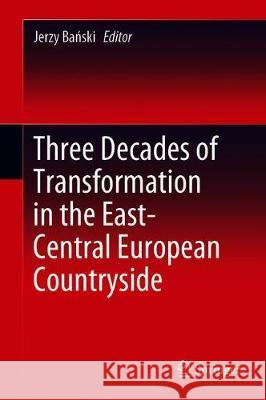Three Decades of Transformation in the East-Central European Countryside » książka
topmenu
Three Decades of Transformation in the East-Central European Countryside
ISBN-13: 9783030212360 / Angielski / Twarda / 2019 / 367 str.
Three Decades of Transformation in the East-Central European Countryside
ISBN-13: 9783030212360 / Angielski / Twarda / 2019 / 367 str.
cena 402,53
(netto: 383,36 VAT: 5%)
Najniższa cena z 30 dni: 385,52
(netto: 383,36 VAT: 5%)
Najniższa cena z 30 dni: 385,52
Termin realizacji zamówienia:
ok. 22 dni roboczych
Dostawa w 2026 r.
ok. 22 dni roboczych
Dostawa w 2026 r.
Darmowa dostawa!
Kategorie BISAC:
Wydawca:
Springer
Język:
Angielski
ISBN-13:
9783030212360
Rok wydania:
2019
Dostępne języki:
Ilość stron:
367
Waga:
0.72 kg
Wymiary:
23.62 x 15.75 x 2.03
Oprawa:
Twarda











